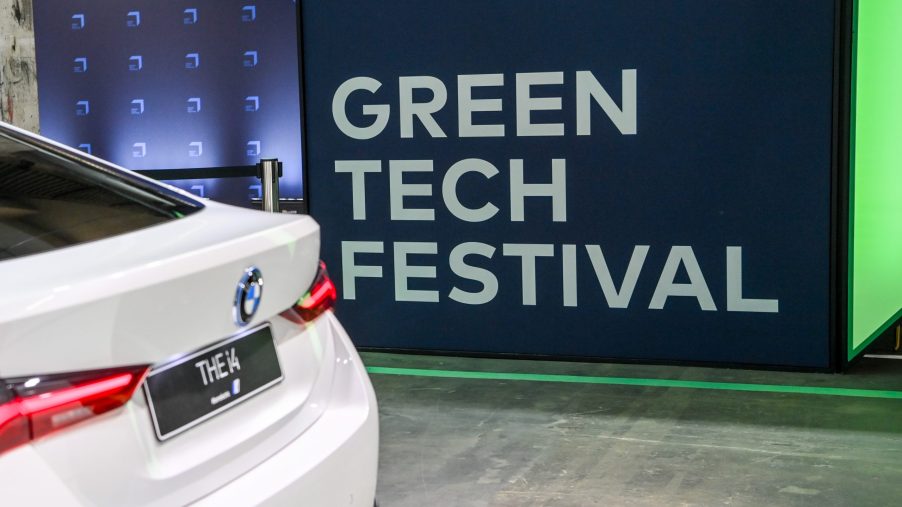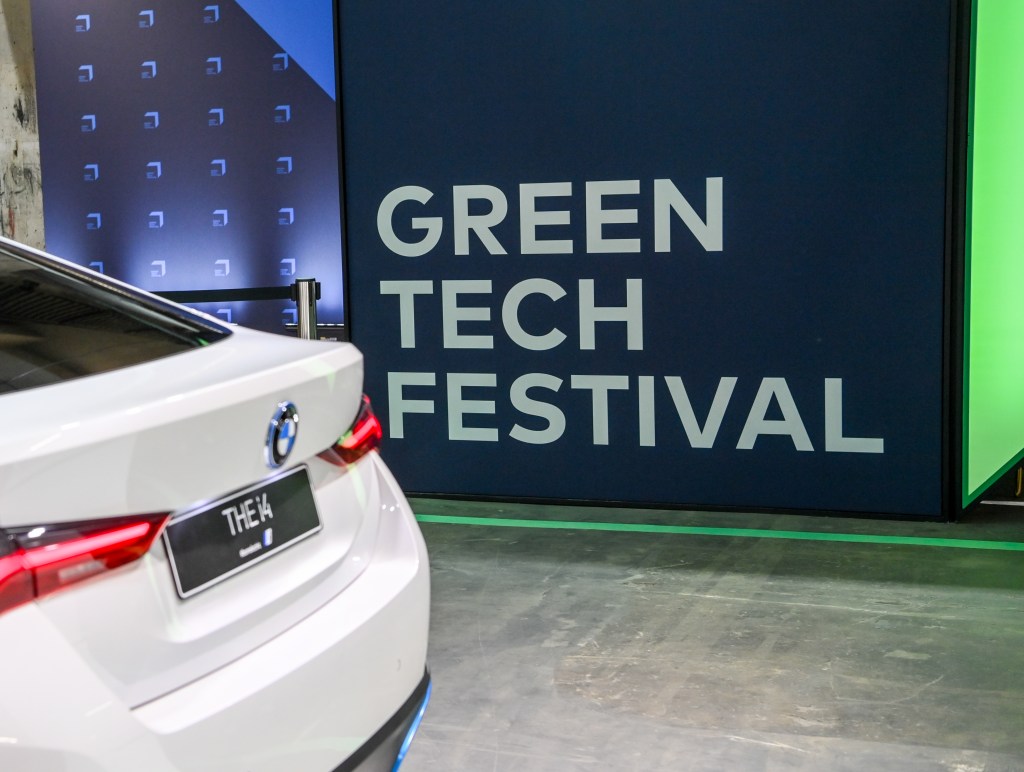
BMW Goes Greener With Hydroelectricity-Powered Production
Many manufacturers have been working toward producing cars that are more sustainable and better for the environment, especially with the surge in interest and sales of electric cars and hybrids. While electric vehicles have established themselves as a better, greener alternative in many ways, over the years concerns, have risen not only about the emissions and lack of sustainability in cars overall but also in the production of vehicles. Several major manufacturers like BMW have been working to produce more sustainably, from the sourcing of materials to the way factories are powered. For BMW, this next step means using hydroelectricity to power production in a new, greener way.
What is hydroelectricity?

While the word hydroelectricity sounds big, the concept isn’t all that unfamiliar to most people, and it isn’t a new form of technology. Hydroelectricity means harnessing the energy of moving water, and it has been used for many years not only to power factories but to power entire villages in some parts of the world. When used on a large-scale production facility such as the one BMW has for building their mass-produced vehicles, hydroelectricity saves thousands of pounds of emissions every year, as it replaces the need to burn fossil fuels for energy. According to National Geographic, hydroelectricity is the most efficient and widely-used form of renewable energy, producing as much as 71% of the world’s renewable electricity each year.
How will BMW be using hydroelectricity in it’s production plants?
In an effort to create cars that are more sustainable from production to the roads, BMW will be using hydroelectricity exclusively in the production of the BMW iX and BMW i4 set for production at the manufacturer’s plants in Dingolfing and Munich. The hydroelectricity will be locally sourced from the Isar river which flows from the Danube through Munich, and the Lech river which flows through Austria and Germany. The use of hydroelectricity isn’t new in the BMW production facilities, however, energy had been previously outsourced, and there has been a big push for more local power production. This is not only a big leap for the manufacturer, but it also speaks volumes as to the progressive state of the automotive market, where manufacturers are putting their best foot forward.
BMW’s committment to sustainability
BMW has shown time and time again that they are a manufacturer dedicated to sustainability on a global scale, and not just in the eyes of the consumers as they begin to create cars that are more fuel-efficient, or even better, emission-free with electric-only drivetrains. The German auto manufacturer has also been working towards CO2-free production of steel — a major component of many vehicles, as well as sustainable sourcing of lithium for lithium-ion batters — a major call for concern when it comes to electric vehicle’s becoming a truly environmental-focused option.
“We take a holistic view of sustainability. So rather than just minimising emissions from driving, we are working to significantly reduce the carbon footprint of our production processes.”
Milan Nedeljković, Board Member for Production at BMW


